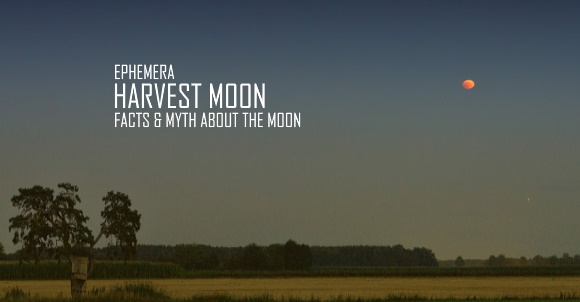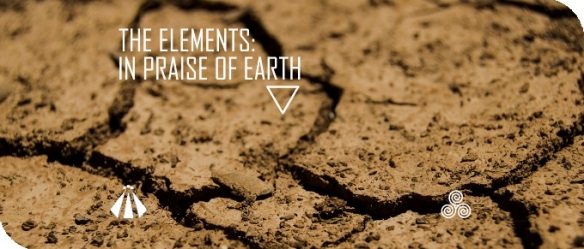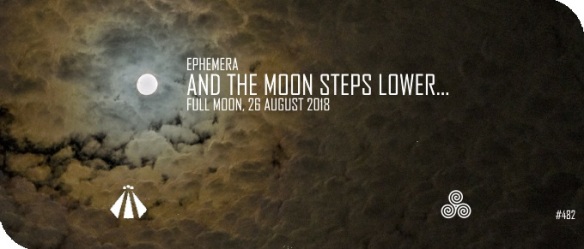
The next full moon is almost upon us. And here is:
- some facts about this full moon
- a moon-related tale form ancient Wales
We know, scientifically, that without the moon, the Earth would be a very different place than it is today, and that it is unlikely that it would have been able to sustain life at all. Just a coincidence that we have a moon of such magnitude?
We know the Earth is is that ‘Goldilock’s Zone’, of just being the right distance from the Sun to harbour life. Too close and the surface of the Earth would ‘fry’, too far away and it would be too cold for life. Just a coincidence?
I cannot accept that it’s just a coincidence. The One Behind It All was, and still is at work, and so as you and I see the next Full moon, let us gaze in awe and silence at the marvel, that is the Moon, and The One Behind It All, the Universe, The Source, Love, The Friend, or any other suitable Name we wish to utter.
Facts & Lunation
The next Full moon tomorrow, Monday, 3 August 2020 at 4.58pm (from a UK viewpoint for this article) in the constellation of Capricorn.
This Full moon marks the midway point of Lunation #1207. A lunation is the astronomers’ name for the lunar month (of approximately 29 1/2 days), and starts with each new moon. This system of moon counting was invented by Professor Ernest W Brown in 1933, and he started the count with lunation number 1 at the first new moon of 1923. And the count has progressed from there, so we are now at the midway point of lunation 1207. For the inquisitive amongst you that might be asking what about the counting of lunar months before 1923 from a later perspective? The answer is, astronomers give them a negative number working back from the last new moon of 1922 which would be lunation -1.
“Harvest moon: around the pond I wander and the night is gone.” Matsuo Basho (1644-1694, Japanese poet)
Infact, this Full moon may be disappointing low in the sky, and won’t drift above the horizon until about 9.15pm, reaching its highest point at around midnight. If it’s a clear night, do look to the right of the moon (and up a little) and you might be fortunate enough to see the planets Saturn and Jupiter nearby in the constellation of Sagittarius.
”But even when the moon looks like it’s waning…it’s actually never changing shape. Don’t ever forget that.” Ai Yazawa
To some, this full moon is known as the sturgeon Moon, the Dog Days Moon, but I like to think of it as the Grain Moon or Corn, the Harvest Moon, that being so relevant to the Lughnasadh celebration yesterday or last Friday, the first harvest of the year.
Others might call it the Dispute Moon. The reason for it to be called the Dispute Moon is many and varied, and may simply be so because, as autumn and winter approaches, one’s survival centred on the good-will of others, and the upcoming months wasn’t a time when disputes should be started or continued.
There is an ancient Celtic story that Cerridwen, the Welsh muse or goddess of inspiration, mentioned in the Black Book of Carmarthen, is a personification of the Moon.
”She used to tell me that a full moon was when mysterious things happen and wishes come true.” Shannon A. Thompson
Moon Myth/Story
True, there are stories of Cerridwen in daily life, living near lake Bala (and having stayed at Bala I can highly recommend that area of Wales) and giving birth to a son and a daughter. Sadly, it is said that her son, Morfan (also called Afagddu) was ugly and so she compensated by making him wise by using magic. But, these things never run to plan.
There is also a view that, alternately, or perhaps as well as having an earthy life, Cerridwen was the Moon personified. Her name, from Welsh to English can be interpreted (depending on how you divide her name) as being ‘fair’ and ‘loved’, or ‘crooked white one’. The latter, I hold dear, as it does sum up the shape of the bright crescent moon hanging in the sky, appearing stooped or crooked. And, doesn’t the Moon inspire and invoke other-worldly wisdom? Dear Cerridwen. Dear Morfan.
Conclusion
So, if ever there was a time to celebrate, maybe with bread and something alcoholic, the full moon, in the wake of the first harvest of the year is such a time, as you gaze in awe up to out celestial companion. It’s a wonderful time to say a word or a prayer, raise a toast or offer a libation to the One who inspires us all, or just look up in silence and ponder the Moon-maker, The One Behind It All, The inspirer.”
It is a beautiful and delightful sight to behold the body of the Moon.“ Galileo Galilei
May the blessing of the Moon-Maker shine on you and all whom you love, and make you holy. Blessings, Tadhg


